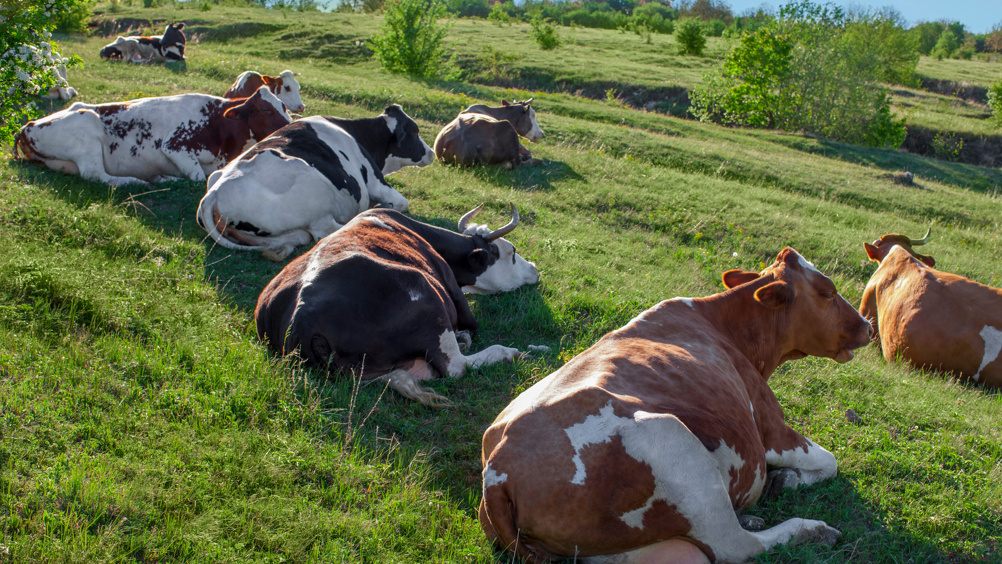Cattle Review: January–February 2021

Abstract
Introduction: In this Cattle Review we consider two papers on lying times in dairy cattle, a review on lying times and welfare and then a paper looking at cow preference for their lying environment. Finally, we look at some early in vitro evidence illustrating the possible infectivity of severe acute respiratory syndrome 2 virus (SARS-CoV-2) in domestic mammalian livestock.
Adequate lying time is considered an important aspect of cow welfare. Tucker et al (2021) (Journal of Dairy Sciencehttps://doi.org/10.3168/jds.2019-18074) examined what is known about cows' motivation to lie down and the consequences for health and other indicators of biological function when this behaviour is thwarted. They review the environmental and animal-based factors that affect lying time in the context of animal welfare. Cows can be highly motivated to lie down. They show rebound lying behaviour after periods of forced standing and will sacrifice other activities, such as feeding, to lie for an adequate time. They will work, by pushing levers or weighted gates to lie. Some evidence suggests that risk of lameness is increased in environments that provide unfavourable conditions for cows to lie and where cows are forced to stand. Lameness itself can result in longer lying times, whereas mastitis reduces it. Cow-based factors such as reproductive status, age, and milk production influence lying time, but the welfare implications of these differences are unknown. This paper uses North American terminology and reports lower lying times in pasture-based systems, dry lots, and bedded packs (9 h/d) compared with tiestalls and freestalls (10 to 12 hours/day). Unfavourable conditions, including too few lying stalls, hard or wet lying surfaces, inadequate bedding, stalls that are too small or poorly designed, heat, and rain all reduce lying time. Time constraints, such as feeding or milking, influence lying time. However, the authors state that more information is needed regarding implications of mediating factors such as the effect of the standing surface (concrete, pasture, or other surfaces) and cow behaviour while standing to understand the effect of low lying times on animal welfare. Many factors contribute to the difficulty of finding a valid threshold for daily lying time to use in the assessment of animal welfare. While longer lying times often correspond with cow comfort, and shorter lying times are seen in unfavourable conditions, exceptions occur, when cows lie down because of disease or when they are standing because of oestrus or parturition, or to engage in other behaviours. To conclude, lying behaviour is important to dairy cattle, but caution is needed when drawing firm conclusions about animal welfare from measures of lying time.
Register now to continue reading
Thank you for visiting UK-VET Companion Animal and reading some of our peer-reviewed content for veterinary professionals. To continue reading this article, please register today.

